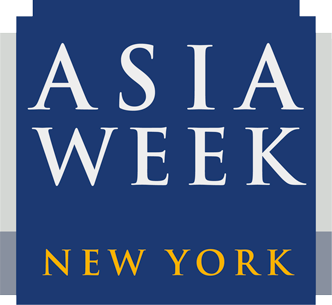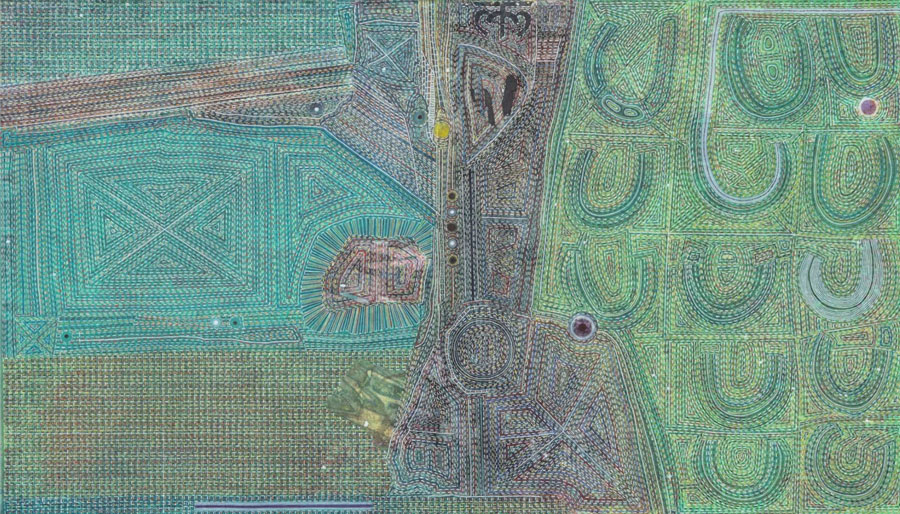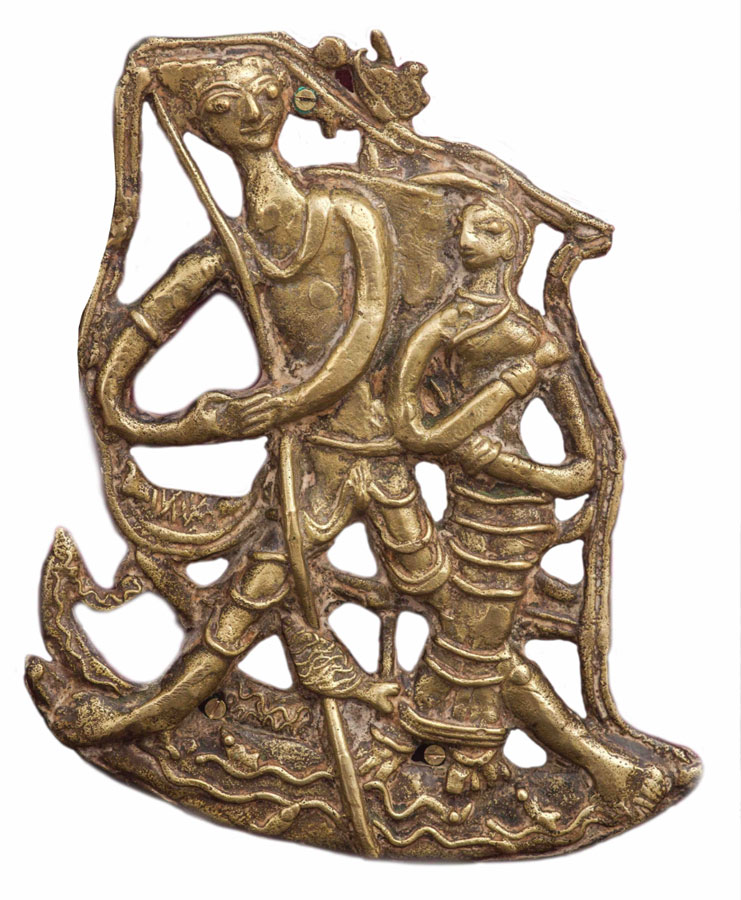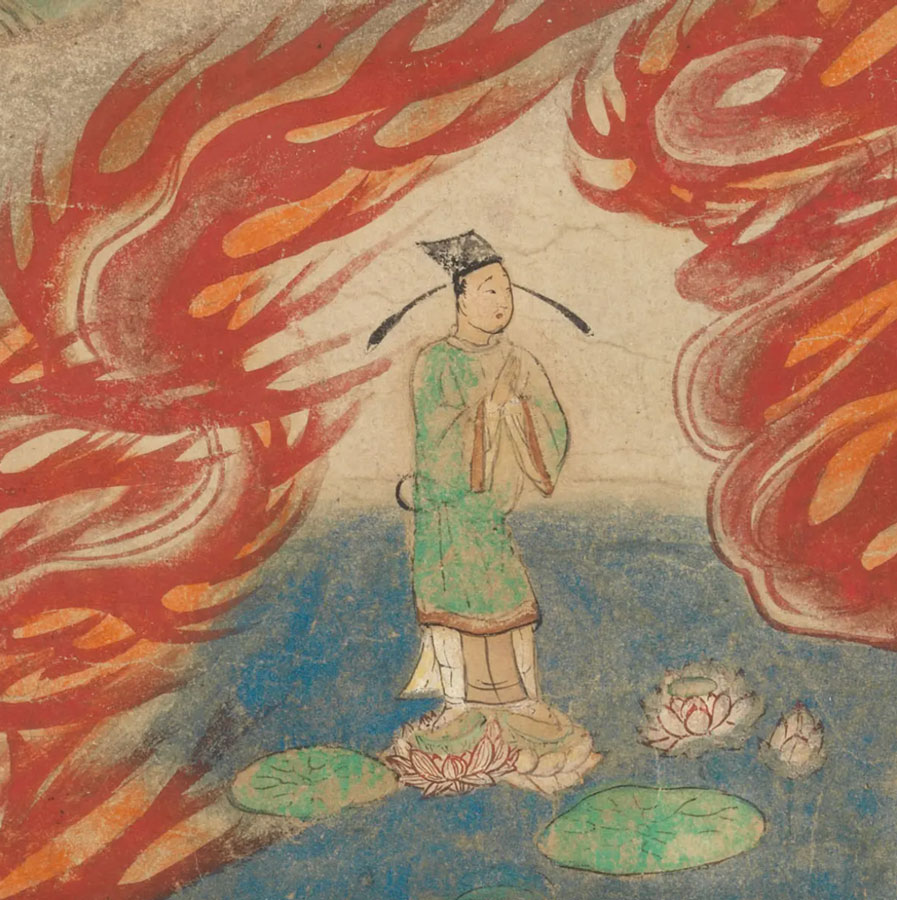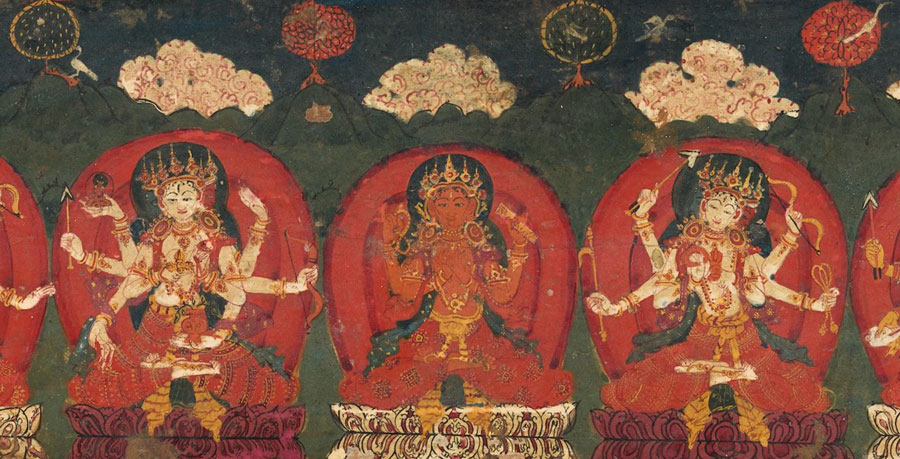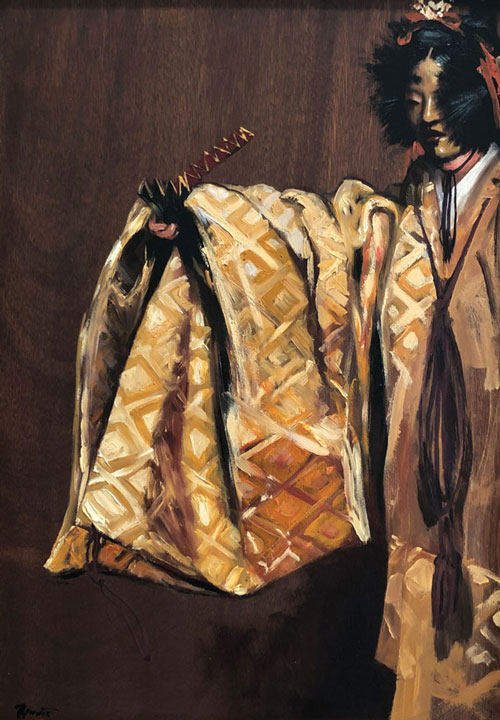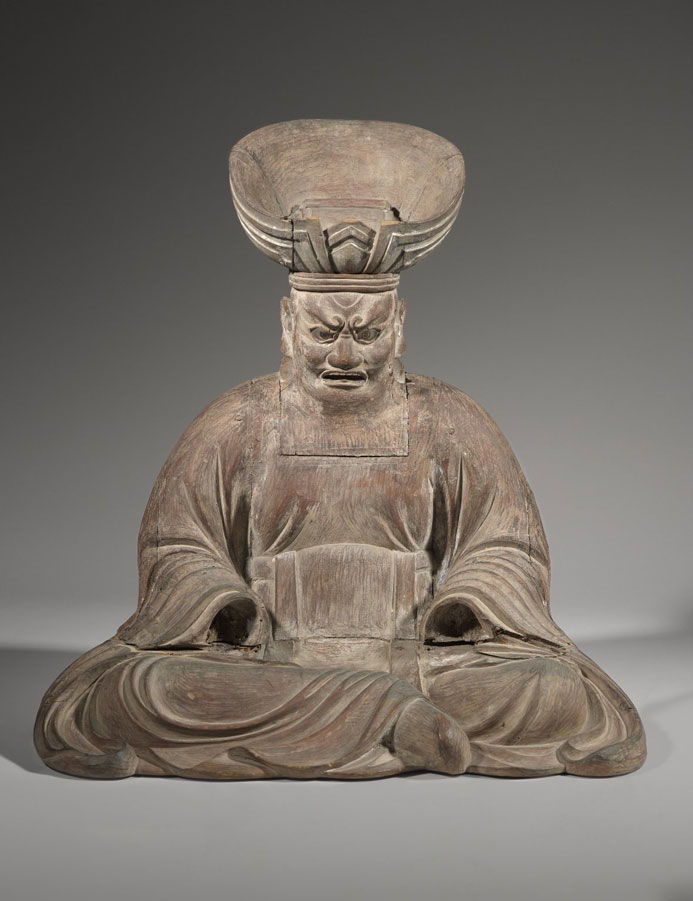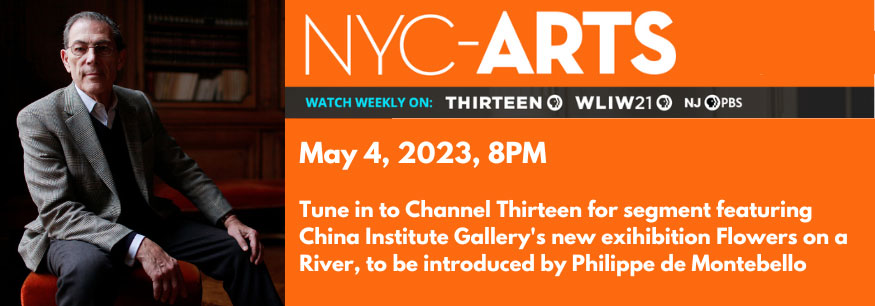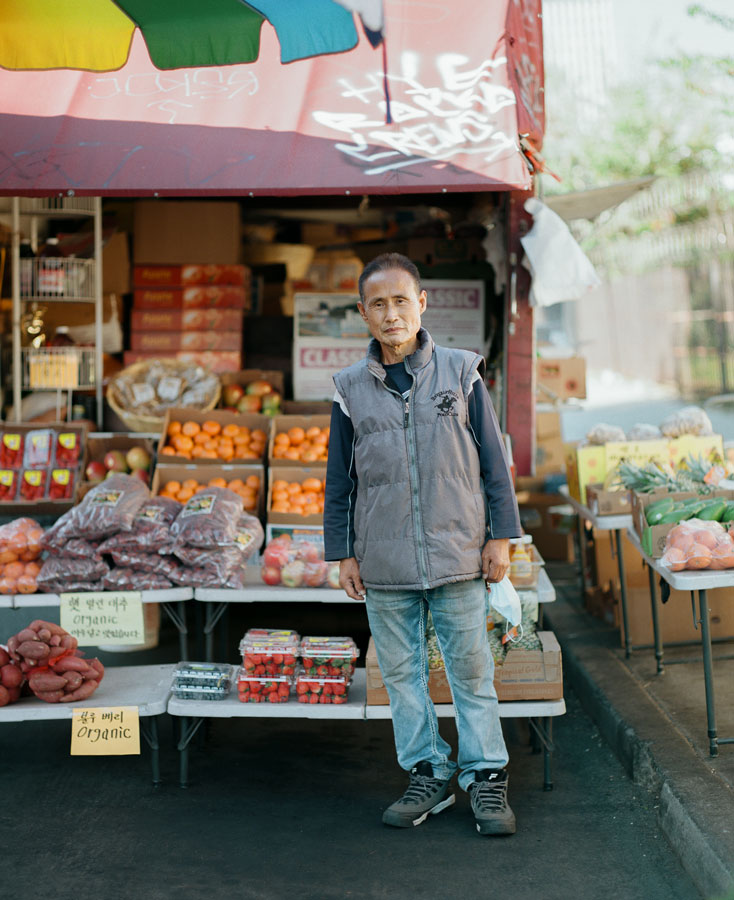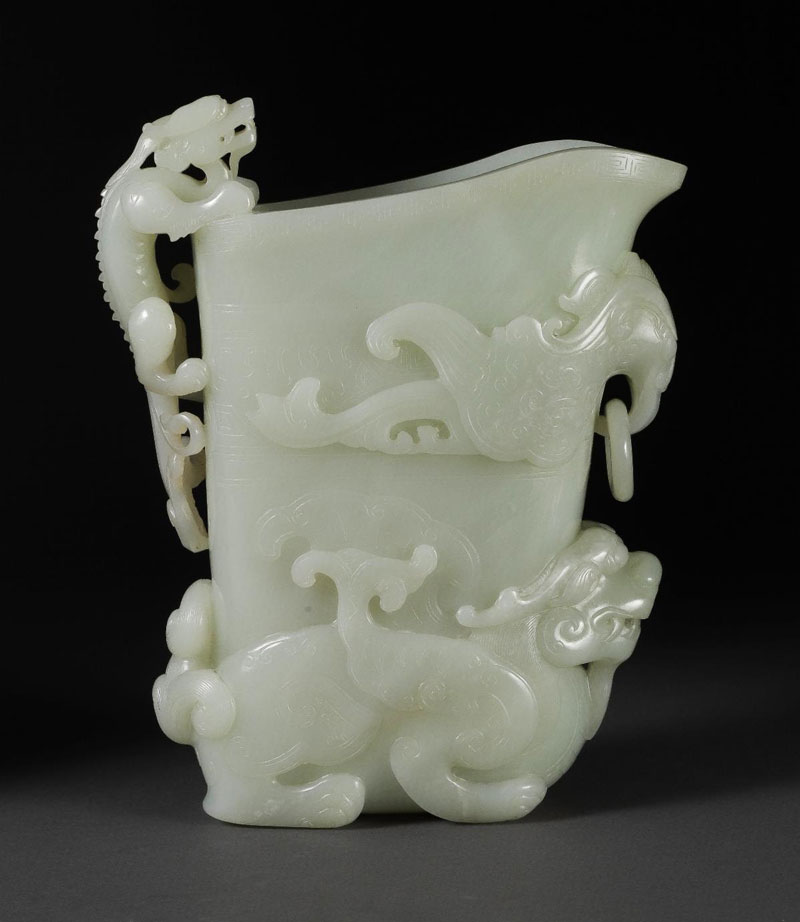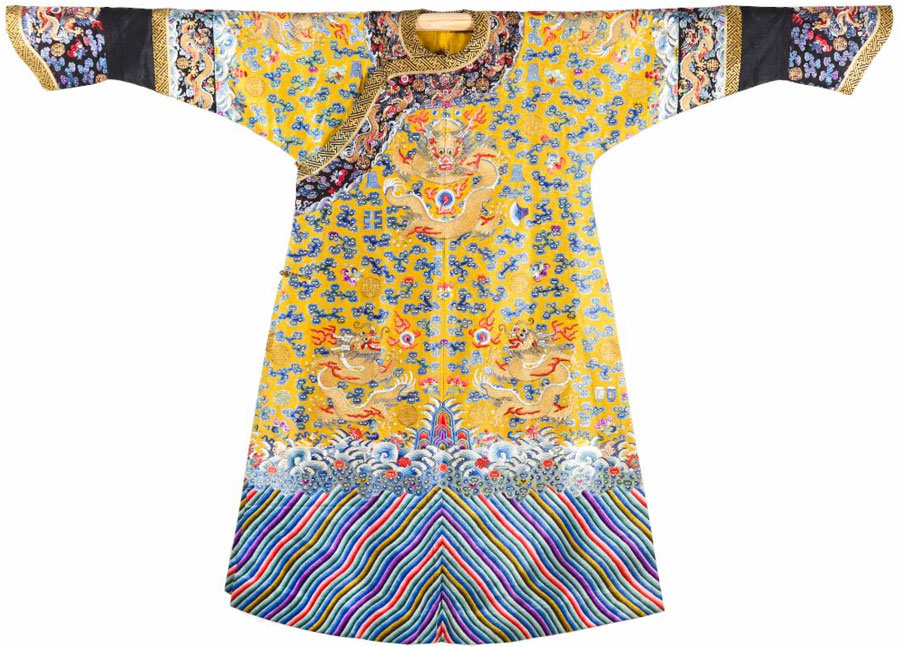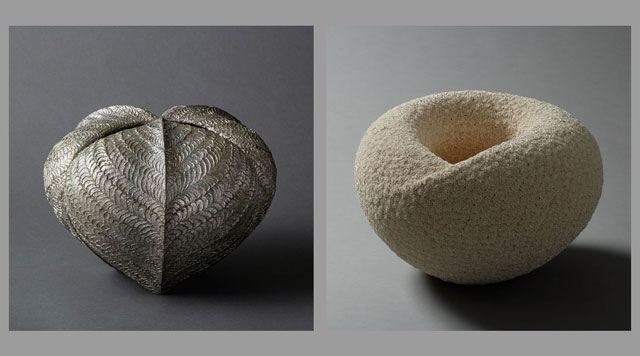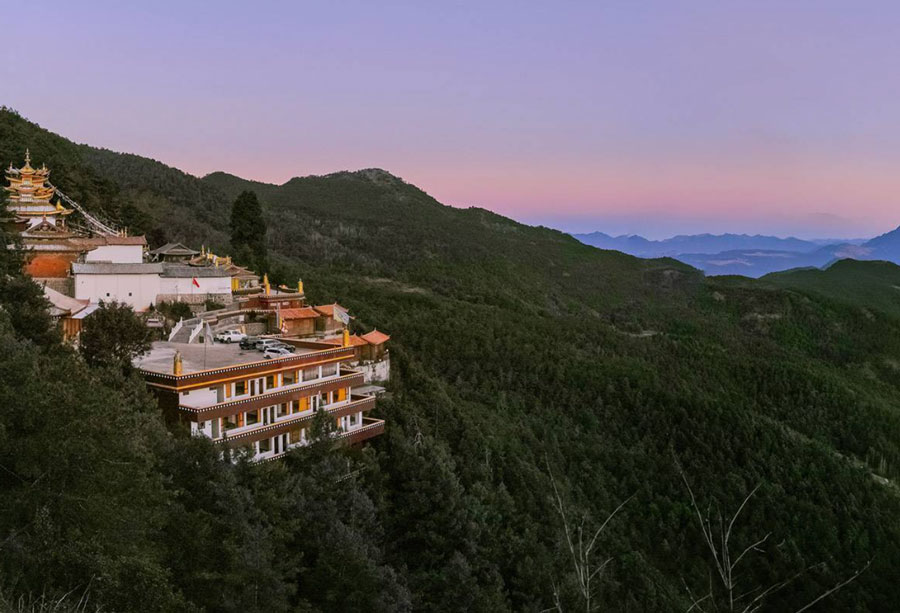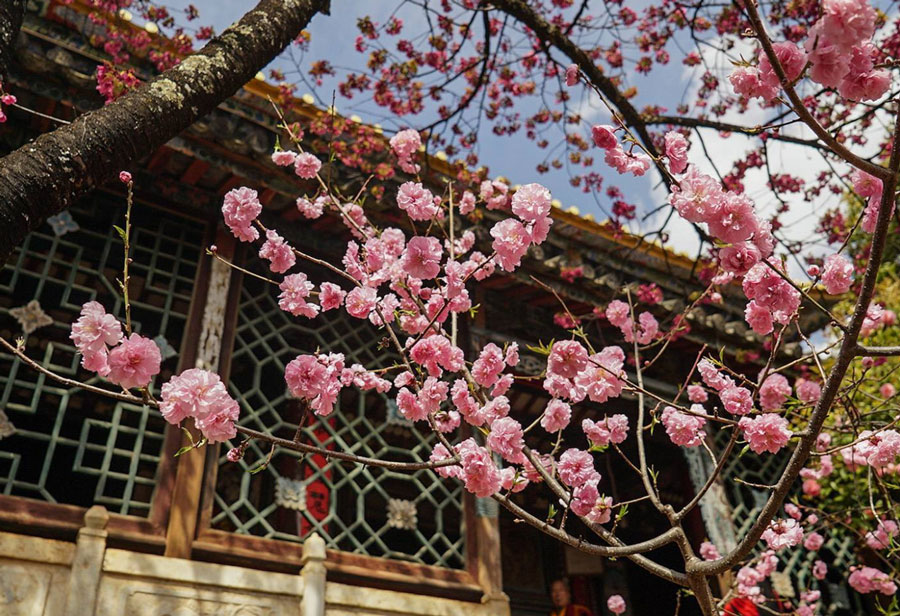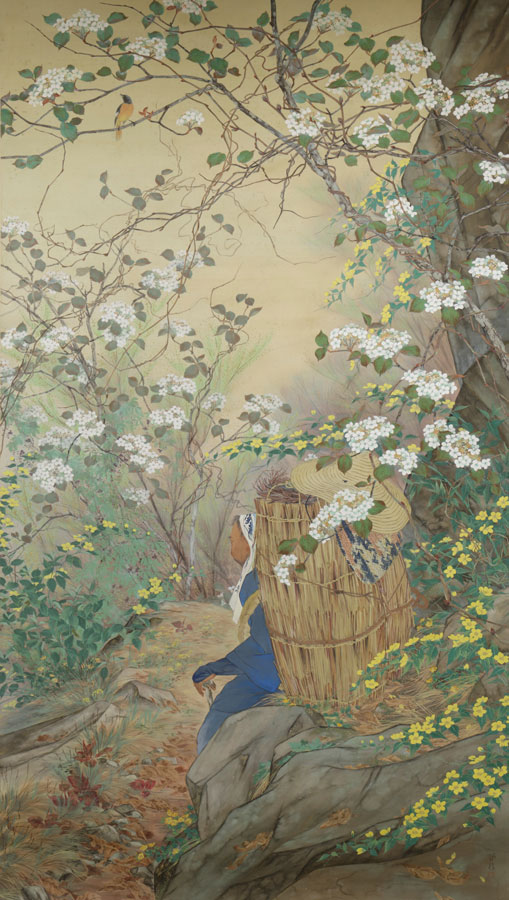
Kawafune Misao, Lumberjack's Path, 1928, Color on silk, hanging scroll with a box signed by the artist, 257 x 145 cm (image), 334 x 169 cm (overall)
Shibunkaku is participating in Taipei Dangdai, May 12-14, 2023
Nangang Exhibition Center
For Taipei Dangdai 2023, under the theme of Seeing/Gazing at the Nature, Shibunkaku would like to put the ‘distance’ created by the artist’s subjective awareness as the main axis, unravelling the world through their perspectives which transcend time, borders, and genres.
‘Seeing’ is the root of all art. It is through seeing that we establish our place in the surrounding world; through seeing, we explore and deepen our understanding of this world to situate ourselves in relation to it. As one dives deeper, turning ‘seeing’ into ‘gazing,’ it then becomes an act of choice. Through this act, artists establish a relationship between themselves and objects – be it the earth in the vast universe, the waves shimmering in the setting sun, the mountains and rivers filled with urban ruins and structures, the hibiscus blossoming in the backyard, the hair moss in the temple that lives in reincarnation – it could be anything in the world. Distances between the two will then be felt when the artists project their ‘gazing’ onto brushworks, either getting closer to or drifting away from the objects. It is the ‘distance’ created in each artwork that shows the uniqueness of each artist, also a record of themselves of how they see the world transformed into an image through their brush.
